Phone cameras have gotten increasingly better year over year, yet no matter how much they improve, they always fall short in comparison to professional cameras. This year is different.
Last year, I did a fun comparison between my Canon R5 and iPhone 13 Pro. Those results were quite impressive, so much so that I ended up printing images from that test to see just how far we could push the iPhone 13 Pro image. While I was happy with the results, at no point did I inspect the images and feel comfortable saying I could shoot with the iPhone in place of my Canon R5 given the two options. I expected the same results this year, and midway through editing my images, I realized something was different.
Throughout these tests, I shot in raw on both my Canon R5 and iPhone 14 Pro. I only used the built-in camera app on the iPhone, as last year, I had issues with third-party apps so close to release. This is also the most realistic in practice with it being directly built into iOS. I only tested the new “main” camera (24mm/1x) as it received the new 48 mp sensor while the telephoto and wide angle lenses didn’t receive significant enough upgrades to warrant comparisons this year. All shots were taken on a tripod and I’ll provide resulting settings that the iPhone used automatically. All shots on the Canon R5 were taken in combination with an adapted Canon EF 16-35mm f/4L at varying settings you’ll find throughout the article.
All images were edited using only Lightroom Classic. I feel the most genuine way to do this comparison was to edit my Canon R5 images first, as if I was editing them for my portfolio. Then, I would edit the iPhone 14 Pro images to best match the Canon images. Throughout this article, I’ll present images from an “Camera A” and “Camera B.” These will be mixed up throughout the test, but I challenge you to go through the images and see if you can guess which image is taken from each camera. The answer will be located after the article gallery.
First Sunrise
Last year I remember being very surprised the iPhone could capture an entire range of light during sunrise, and it’s even better this year with the iPhone 14 Pro. This scene lacked any cloud coverage, thus the light got harsh quickly, resulting in a scene with a huge dynamic range, something that persists throughout many of these tests.
Camera settings:
Notice the areas in shadow compared to those snow-capped peaks getting hit by bright direct light. Both cameras were able to capture this amount of dynamic range without much trouble, a noted improvement from last year for the iPhone. This is where things get interesting and what completely blew my mind when editing the photos. Zooming in was always where the iPhone image fell apart to immediately give away which camera took each image. Brace yourself.
Zooming into 100% into both images, are you seeing what I’m seeing? I’ll let the images speak for themselves. If you want to download this raw for yourself, you can find the updated link in the video above.
Blue Hour
Low light is where all small sensors struggle, and phone sensors are the smallest of the bunch. Any review you read will continually mention low-light performance being directly correlated to how large the sensor is. This was the hardest test in this year’s comparison for the iPhone 14 Pro.
Camera settings:
Yet the results, especially at smaller resolutions, are nothing short of amazing. I did struggle to match the iPhone image to the R5, but not necessarily because the data isn’t there to do so. This is in large part because this was the image I edited the most. Artistically speaking, this was the most pleasing scene throughout the comparison, thus I pushed the Canon R5 image as far as I could. Trying to get highlights, detail, and color science similar between the two cameras was challenging, so you can definitely see a bit of that at play here.
Zooming into 100%, you will notice a slight quality difference between both cameras. After taking these images and learning the strengths and weaknesses of the iPhone 14 Pro, shadow recovery in low-light scenes like this will have degraded quality. That being said, I’m still very impressed with the final image. I’m also very curious how this scene would have turned out if I used an app like Halide to set my ISO and shutter speed. If you’d be interested in further tests like that, let me know in the comments.
This is how the image started, straight from the iPhone. Keeping in mind almost every raw photo from the iPhone looks like a black hole in scenes like this. This should provide some context in how far the image was pushed in the edit.
Second Sunrise
Another blue sky sunrise with a large dynamic range, so much, in fact, that many of the photographers around me were shooting bracketed shots, yet I was able to capture everything in a single exposure with both cameras.
Camera settings:
As someone who rarely shoots blue sky sunrises or sunsets, I decided to edit this image a bit differently than my typical style. Many of you reading this could very easily take an image like this and try to make it have a “film” look, or you could push the contrast heavily to create a high-key image, or you could even replace the sky if your heart desired. Thus, I tried my hand with a different editing style to see how the iPhone 14 Pro handled such an edit.
Zooming into 100%, you’ll see a bit of detail loss in the shadows, just like our blue hour shot. I notice that the shadow detail gets a bit lost, while any areas that had adequate light on them retain information a bit better.
The Details
In this final image, we test a more realistic time for those of you out there not waking up for sunrise or staying out for sunset. This was taken a few hours before sunset, giving us long shadows, a ton of contrast, and most of all testing just how much detail the iPhone 14 Pro can pick up in a busy scene.
Camera settings:
This was another absolutely impressive image for the iPhone 14 Pro. A scene with plenty of light to work with gives us an immense amount of detail in both images. I’d be surprised if you can tell the difference between these two images without cropping in.
Zooming into 100% left me at a loss for words. Not only is the image absolutely packed with detail, the highlight retention and shadows are all there as well. This is not something I could have shown you last year, where zooming in would have lost far too much detail in a scene such as this. It’s this shot that made me literally step away from Lightroom to take a walk with how impressed I was with the results.
Conclusion and Gallery
On that walk, I had fleeting thoughts: “Am I seeing this correctly?” “Did I accidentally edit two Canon R5 images?” “This feels wrong.” I don’t use hyperbole lightly when I say that I could feasibly see myself taking photos with the iPhone 14 Pro that end up in my portfolio or for sale on my print site. This isn’t a camera replacement. It should be obvious there are a lot of limitations. However, if I’m about to pack a bag and climb a mountain, and something magical happens without my camera by my side and I snap some photos with the iPhone 14 Pro, I would be professionally happy with the results in the right circumstances.
Another discovery in this year’s test was using that using the ApplePro Raw profile in Lightroom didn’t give me the best results. By accident, I discovered I had an easier time matching the iPhone images to the Canon using the Embedded Apple Profile. Above, you’ll see a side by side of the same image where I couldn’t quite get the highlights to look right using ApplePro Raw. I would love to know your experience below if you have any editing these images. If you’d like to see more pixel peeping, my thoughts, and a bit more about the editing that went into these images, be sure to watch the video located in the article.
Below is a gallery of all the images throughout this comparison so you can enlarge them a bit more. Also included are a few images straight out of camera from the iPhone 14 Pro, which are comically bad in comparison to their raw counterparts. I would love to know your thoughts in the comments, as this was an eye-opening experience for me.
iPhone is: A-B-A-B
This content was originally published here.

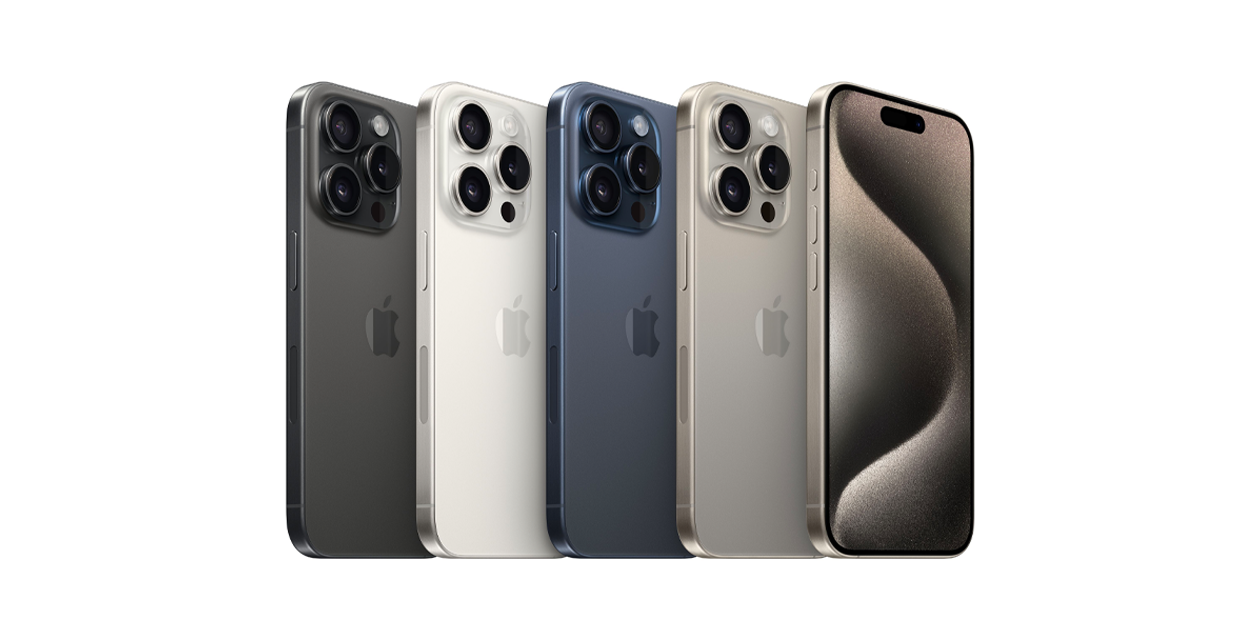
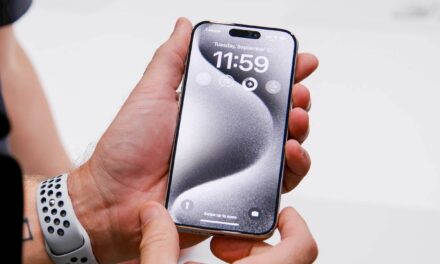
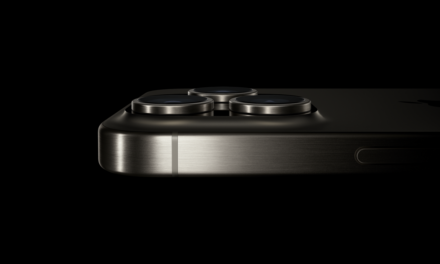
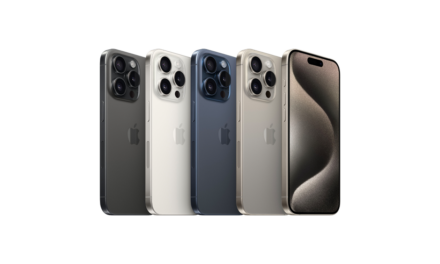
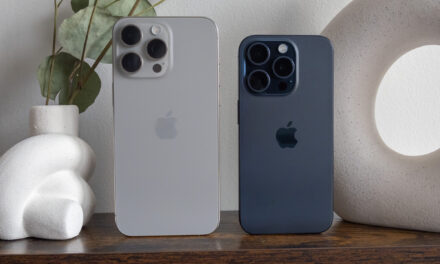
Recent Comments